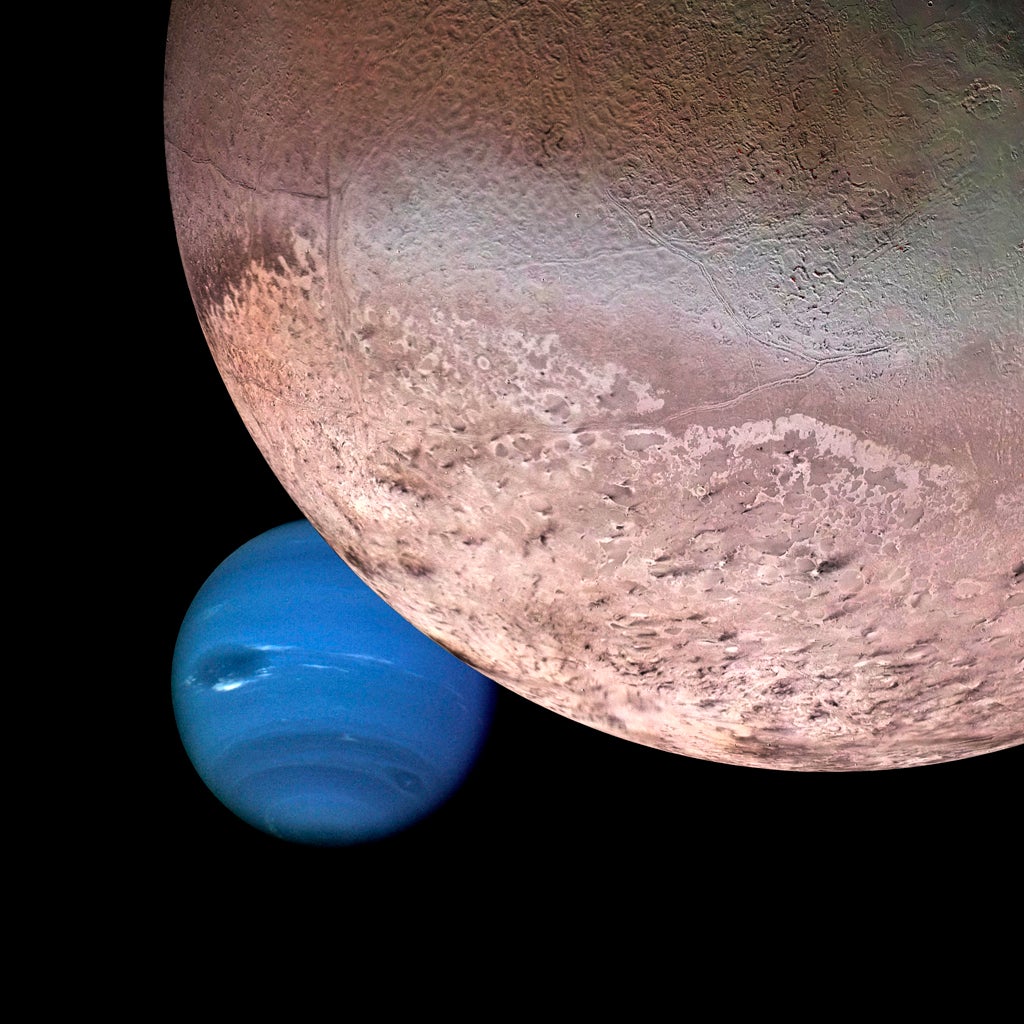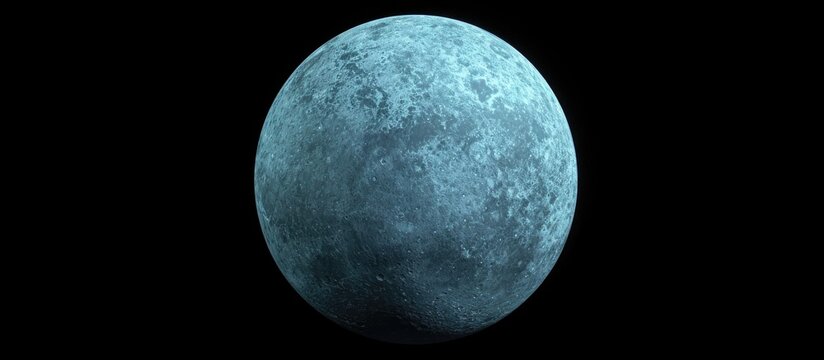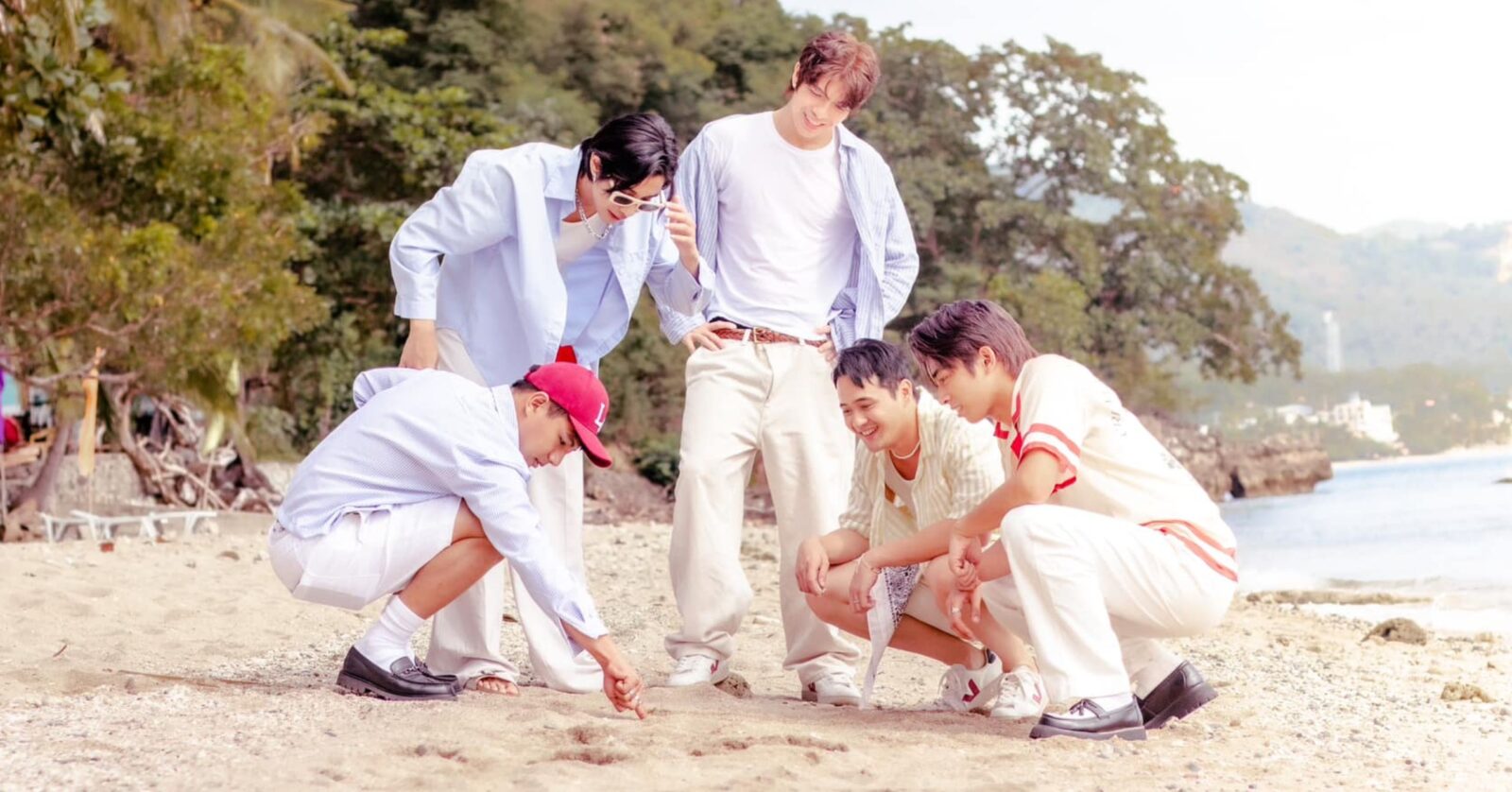NASA Astronauts Butch and Suni Begin Journey Back to Earth
After spending nine months in space due to technical issues with their original spacecraft, NASA astronauts Butch Wilmore and Suni Williams are finally returning to Earth aboard a SpaceX capsule. Their extended mission on the ISS included scientific experiments and record-breaking spacewalks. Their journey home involves a fiery re-entry, high G-forces, and a parachute landing in the ocean. Upon arrival, they will undergo medical evaluations and rehabilitation at Johnson Space Center.
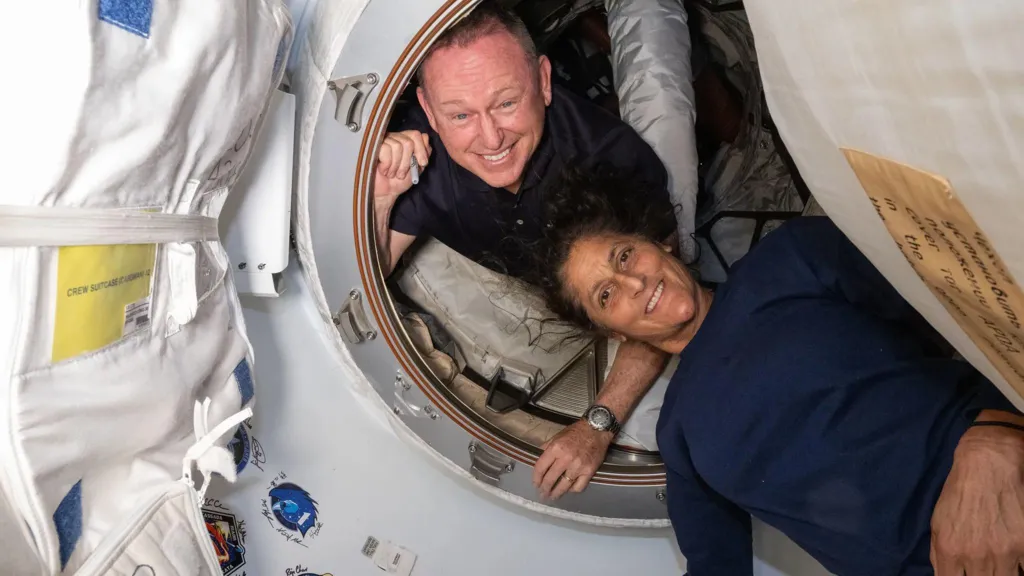
After spending an unexpected nine months in space, NASA astronauts Butch Wilmore and Suni Williams are finally making their way back to Earth. Originally, their mission aboard the International Space Station (ISS) was supposed to last just over a week. However, technical issues with the spacecraft that brought them to the station forced a significant delay in their return journey.
Now, Wilmore and Williams are heading home in a SpaceX Dragon capsule alongside fellow NASA astronaut Nick Hague and Russian cosmonaut Aleksandr Gorbunov. They departed from the ISS at 05:05 GMT (01:05 EDT) on Tuesday, with their return to Earth scheduled for 21:57 GMT (17:57 EDT) the same day. However, their landing time could shift depending on weather conditions.
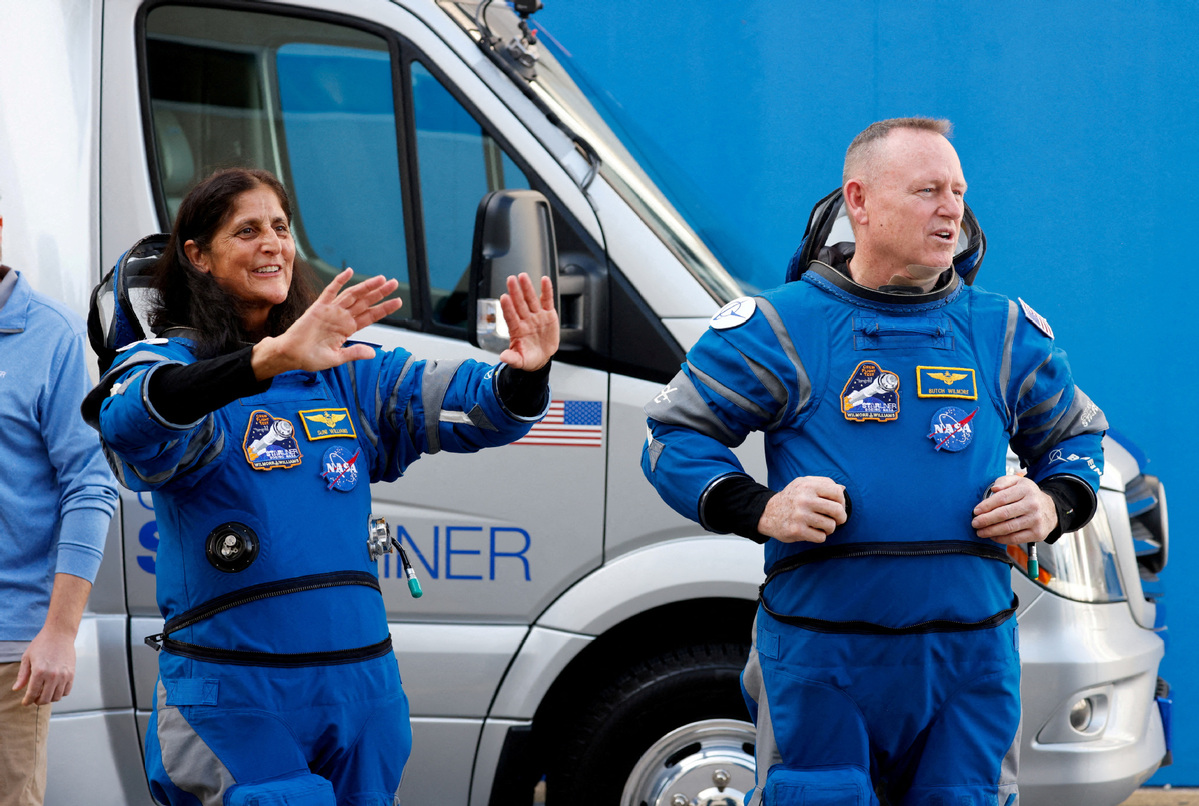
Their journey home will be intense. As the SpaceX capsule re-enters Earth's atmosphere, it will endure scorching temperatures reaching 1,600°C. The astronauts will experience extreme g-forces, about four times Earth's gravity, before four large parachutes deploy to slow their descent, allowing for a controlled splashdown in the ocean.
Britain’s first astronaut, Helen Sharman, remarked on the emotional significance of their return. "They’re experienced astronauts, but they will feel fantastic to be back on Earth. The fresh air is the first thing that gets you," she told BBC News.
The extended mission for Wilmore and Williams began in June 2024 when they participated in the first crewed test flight of Boeing’s Starliner spacecraft. However, technical malfunctions during the journey led to concerns about its safety, and NASA deemed it too risky for their return trip. As a result, Starliner was sent back to Earth without any crew in September, leaving Wilmore and Williams waiting for an alternative way home.
NASA decided to place them on a scheduled SpaceX flight that arrived at the ISS in late September. This mission was originally planned to carry four astronauts, but with only two aboard, there was room for Wilmore and Williams. However, the scheduled duration of this mission was six months, which extended their stay significantly.
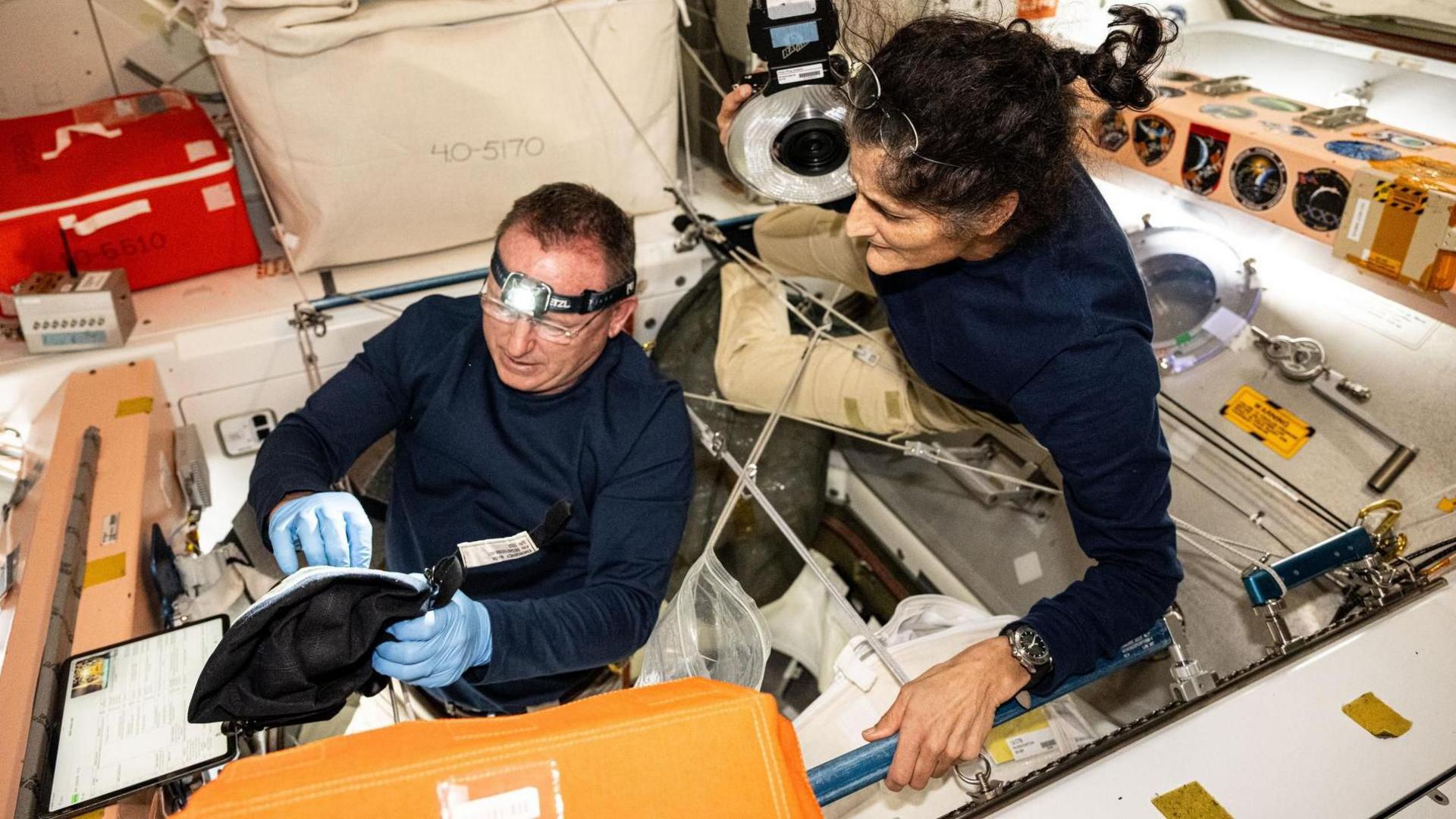
Despite being described as "stranded," the astronauts were never truly stuck. Throughout their extended mission, spacecraft remained docked at the ISS, ensuring a way home in case of emergencies. During their time in space, Wilmore and Williams engaged in numerous scientific experiments and even conducted spacewalks. Williams set a new record for the most hours spent outside the ISS by a female astronaut.
In the weeks before their departure, Wilmore expressed confidence in their ability to adapt. "We came up prepared to stay long, even though we planned to stay short. That’s what we do in human spaceflight," he said. Williams added that she would miss the experience, saying, "I don’t want to lose that spark of inspiration when I leave."
The mission gained extra attention when SpaceX CEO Elon Musk suggested that political reasons delayed their return, claiming his company could have brought them back sooner. However, NASA officials insisted their scheduling decisions were based solely on mission planning and ISS needs.
Once back on Earth, the astronauts will head to the Johnson Space Center in Houston, Texas, where medical experts will monitor their health. Long-term space missions impact the body, causing bone density loss, muscle weakening, and circulation changes. They will undergo physical therapy and exercise regimens to help them readjust to life on Earth. However, their biggest priority will be reuniting with their families, friends, and even their pets. As former astronaut Garrett Reisman noted, "It’s the simple things—feeling the sun, breathing fresh air—that they will appreciate the most."
Source: https://www.bbc.com/news/articles/cg4k0d55q24o
What's Your Reaction?







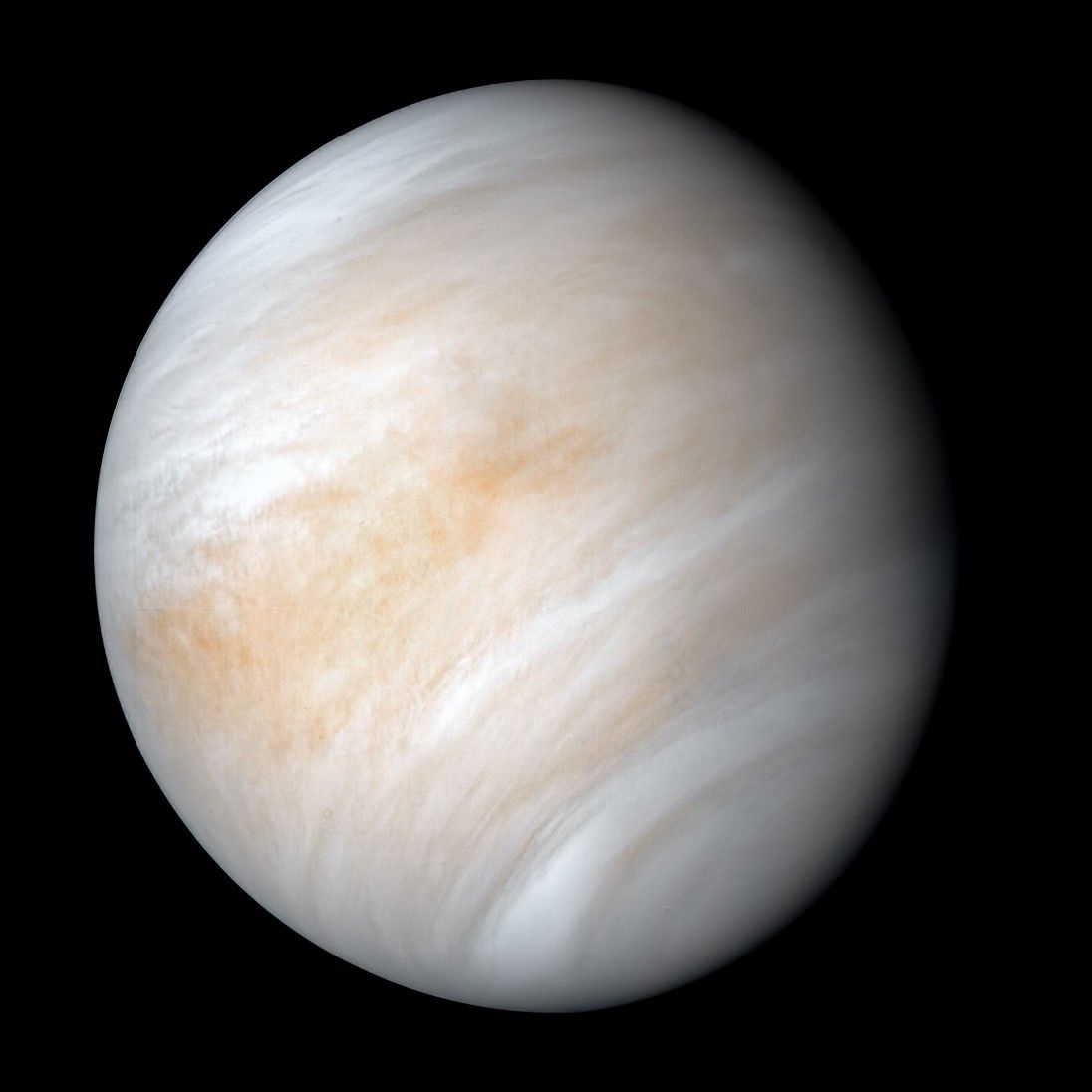



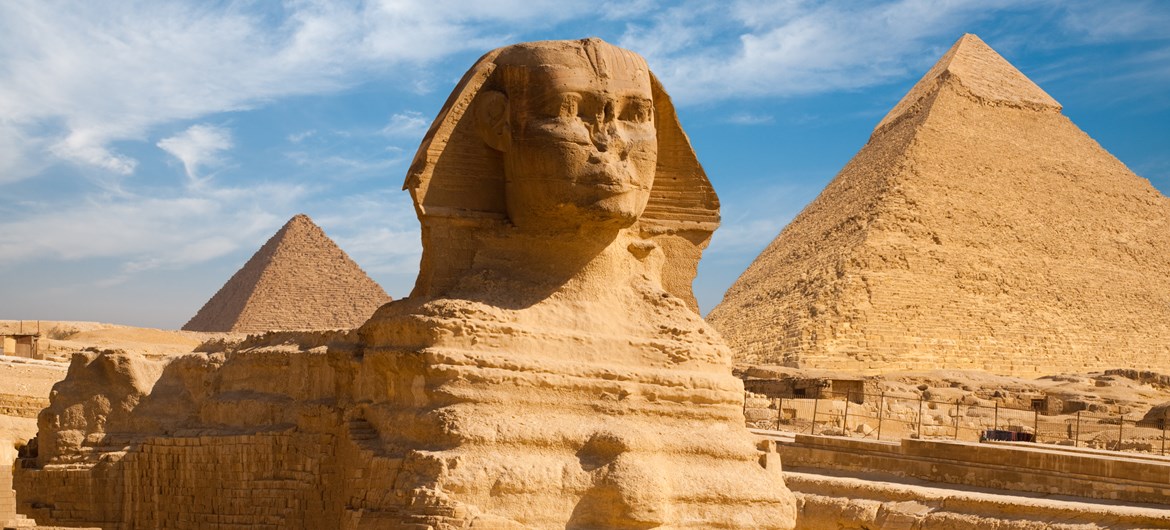
/https://tf-cmsv2-smithsonianmag-media.s3.amazonaws.com/filer_public/54/66/546650fa-26a4-40fd-8d6d-5a7a04540f81/rosetta2.png)
:max_bytes(150000):strip_icc():focal(999x0:1001x2)/robert-prevost-050825-1-39395418ab494da5a3a700c9478e66c8.jpg)


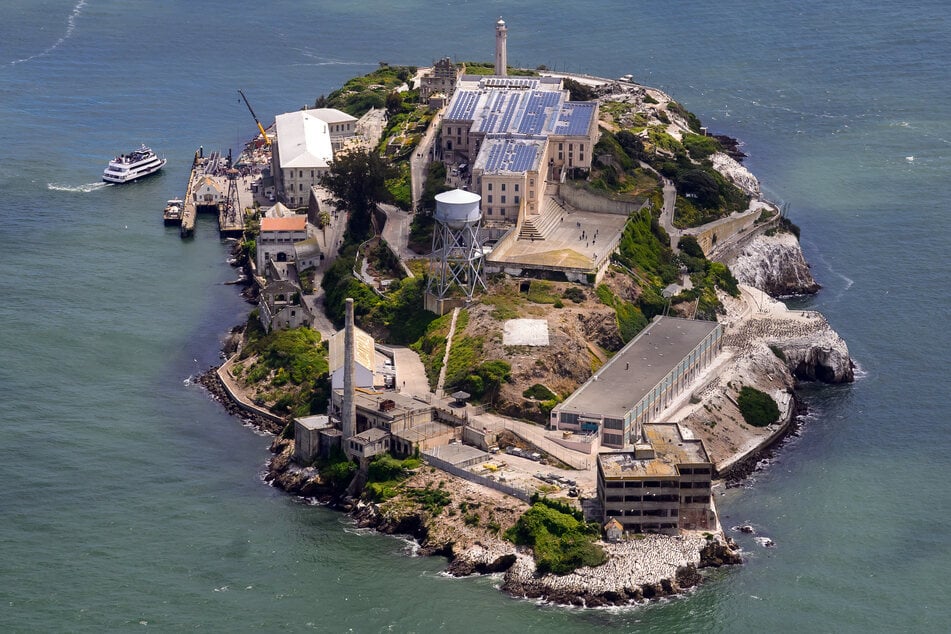

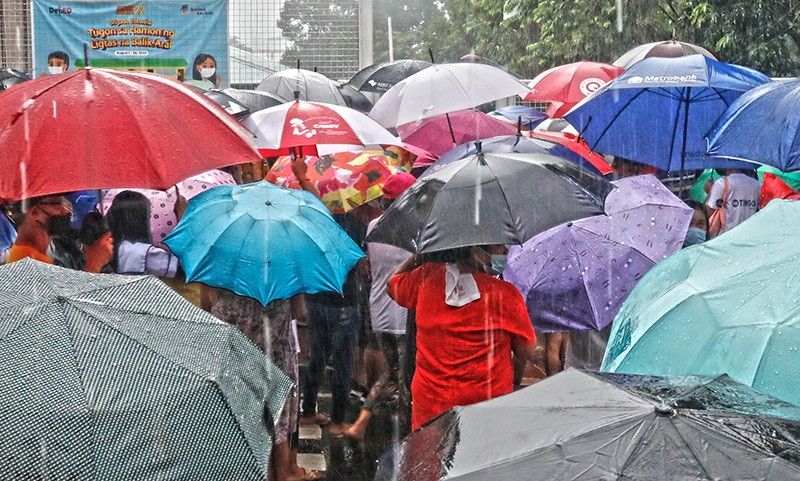

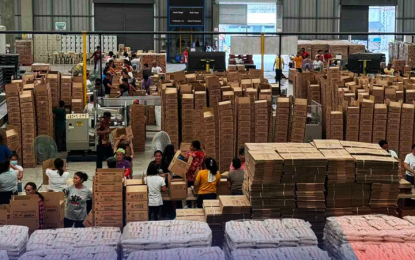

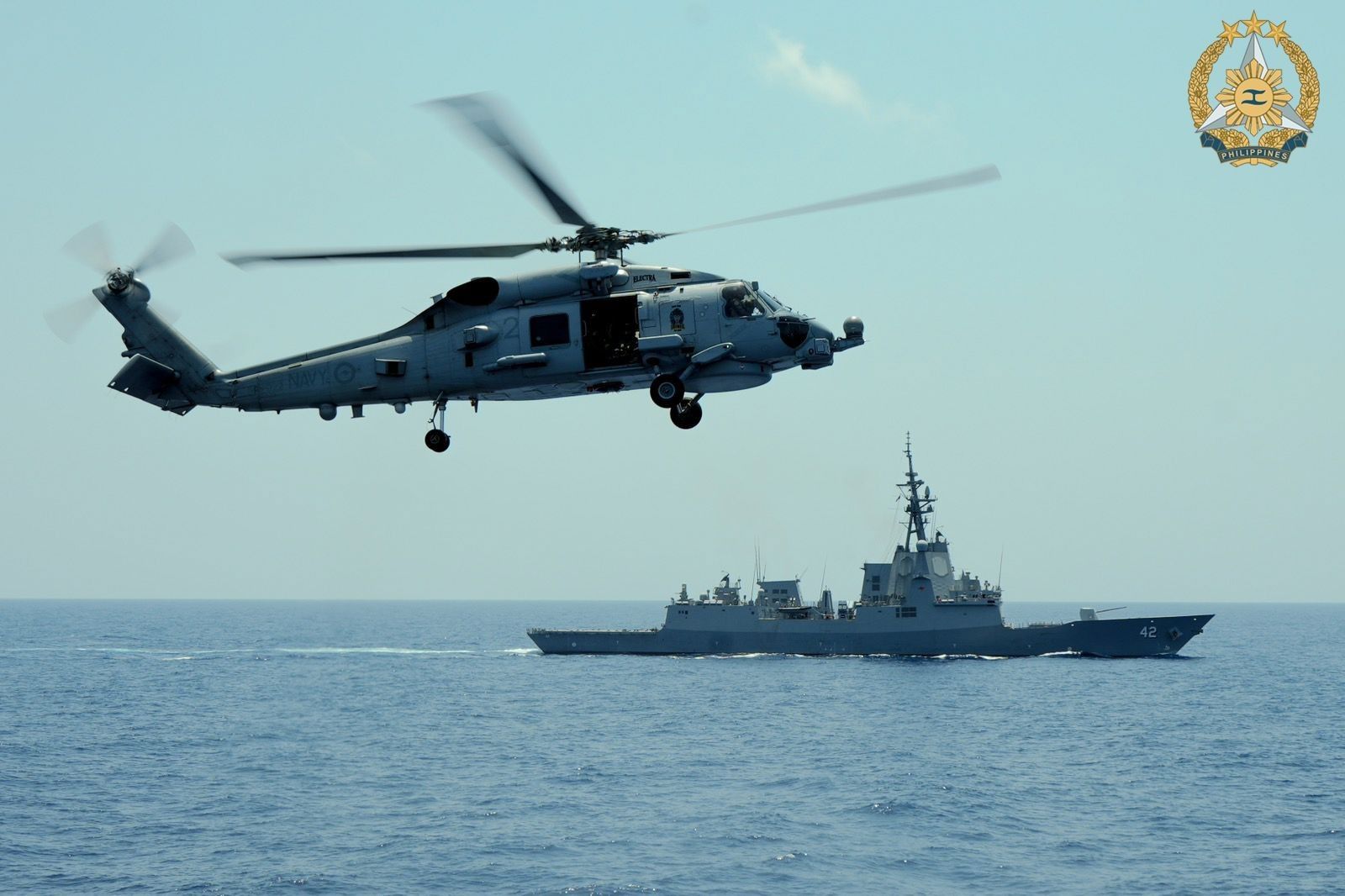

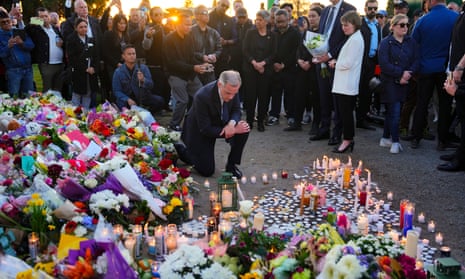








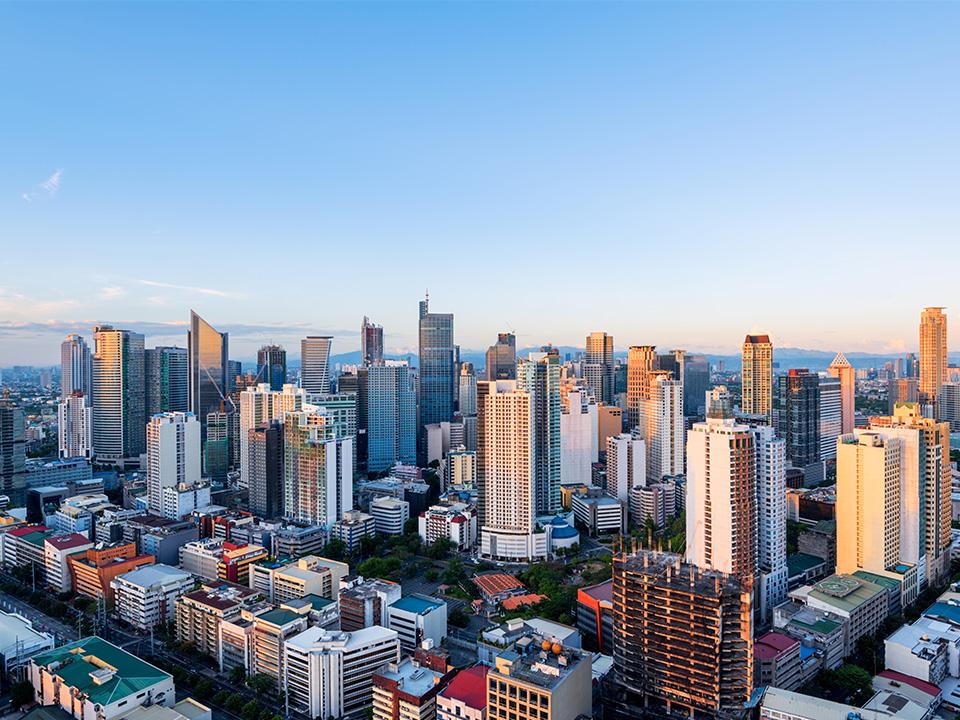






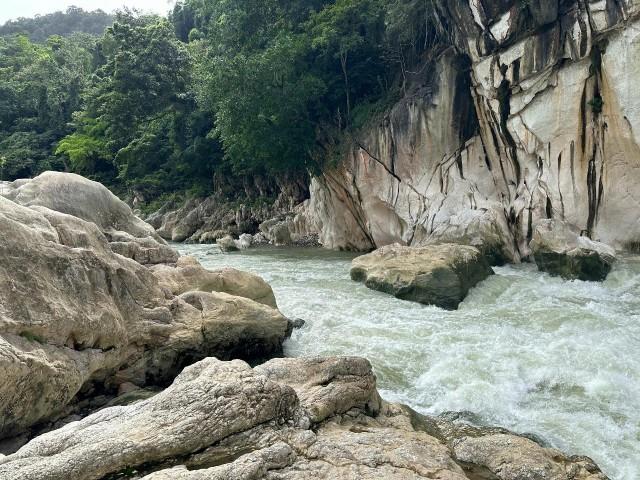




















format(webp))
format(webp))











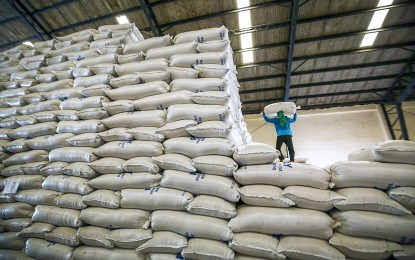



)







